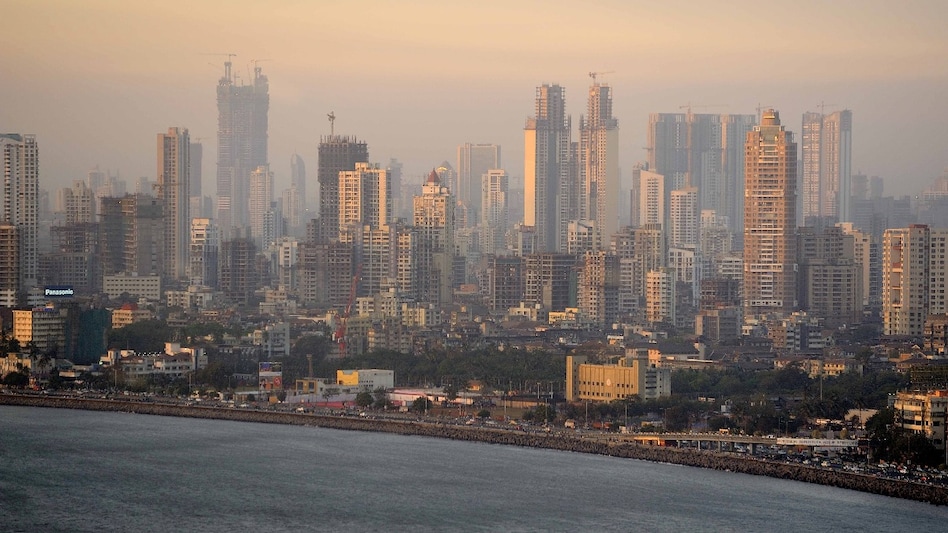 While the state benefits from improved revenue, the market may enter a wait-and-watch mode—especially in cities where hikes have crossed the 7% mark.
While the state benefits from improved revenue, the market may enter a wait-and-watch mode—especially in cities where hikes have crossed the 7% mark.  While the state benefits from improved revenue, the market may enter a wait-and-watch mode—especially in cities where hikes have crossed the 7% mark.
While the state benefits from improved revenue, the market may enter a wait-and-watch mode—especially in cities where hikes have crossed the 7% mark. Starting April 1, 2025, property transactions in Maharashtra will get significantly more expensive, with the state government announcing a hike in Ready Reckoner (RR) rates for the 2025–26 financial year. These rates, which determine the minimum value of property for tax purposes, have been revised upwards across urban, rural, and metropolitan regions—impacting everyone from first-time buyers to large-scale developers.
The average RR rate hike across the state stands at 3.89%, but the variation is wide. Mumbai, which often leads in property costs, has seen one of the smallest increases at 3.4%. In contrast, Solapur has recorded the sharpest jump at 10.17%, followed by Ulhasnagar (9%), Nashik (7.31%), Thane (7.72%), and Pune district (6.8%).
Among municipal corporations (excluding Mumbai), the average increase is 5.95%. Municipal councils and nagar panchayats have seen hikes of around 4.97%, while rural and urban areas are witnessing more modest increases of 3.36% and 3.29% respectively.
What this means for homebuyers and the real estate market
The new RR rates push up the base value of properties, directly raising stamp duty and registration fees. This translates to increased costs for buyers and added tax revenues for the government. In FY 2024–25, Maharashtra collected ₹57,422 crore in property revenue, overshooting its target.
Developers, especially those involved in redevelopment or land acquisition, will face tighter margins. Buyers in high-value zones like Navi Mumbai and Thane may now reconsider or delay purchases due to higher upfront costs.
Affordable housing takes a particular hit. “Even slight cost increases can make homes unaffordable for middle-income buyers,” say industry insiders, as developers may pass on the hike to consumers. Resale property markets, too, may suffer as sellers must now declare property values at or above the new RR rates to avoid penalties—denting their competitiveness.
Experts recommend fast-tracking property registrations before the hike takes effect. Buyers are also advised to explore areas with lower rate hikes, negotiate with developers for relief, consider resale deals, and monitor subsidies or government schemes that can offset the increased costs.
While the state benefits from improved revenue, the market may enter a wait-and-watch mode—especially in cities where hikes have crossed the 7% mark. Buyers and developers alike will need to tread carefully as Maharashtra’s real estate recalibrates to a new pricing baseline.
Copyright©2025 Living Media India Limited. For reprint rights: Syndications Today